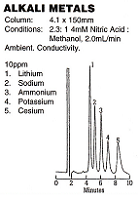
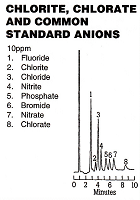
Ion chromatography is most frequently used for the separation and quantification of inorganic anions. Fluoride, chlorine, bromide, nitrite, nitrate, carbonate and sulphate are the most frequently analyzed anions.
Alkali metal ions such as lithium, sodium, ammonium, potassium, cesium, magnesium, barium, strontium and calcium are common cations that are analyzed by ion chromatography.
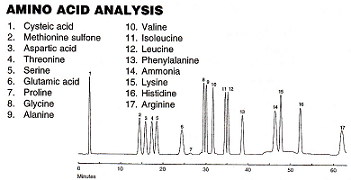
The separation depends on the exchange of ions between the mobile phase, the ionic sites of the packing and the sample. Both the solvent polarity and pH should be adjusted for these packings.
Amino acids and carbamate pesticides are two good examples of analyses performed by ion exchange mechanism. Sulphonic acid or quaternary ammonium functional groups are very popular ion exchange stationary phases.
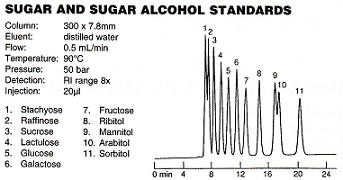
In the ligand exchange mode, a calcium, sodium or lead ion is bound to the stationary phase, yet not competing as in ion exchange chromatograhy.
The hydroxyl groups of carbohydrates interact with the Ca+, Na+ or PB+ ion to varying degrees, resulting in different retention times.
Many carbohydrates are analyzed at elevated HPLC column temperatures.
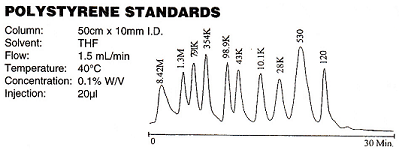
Size exclusion HPLC is widely utilized in the separations of biological compounds in aqueous phases and polymer components in organic phases.
The stationary phase of SEC columns are porous silica or resins.
Separations are brought about by the various sizes of the sample component's permeability with the pore sizes of the packings. Mixed bed pore size columns are also popular.
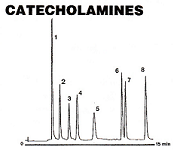
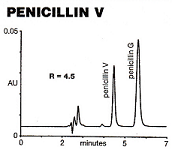
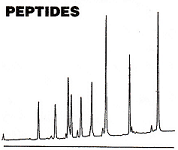
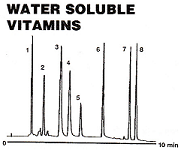 Because of its versatility and convenience, reverse phase HPLC is the most widely used mode of liquid chromatography. Its compatibility with most aqueous mobile phases such as: water,methanol and acetonitrile allows you to separate a wide variety of sample types such as polar, non-polar, ionic and ionizable solutes.
Because of its versatility and convenience, reverse phase HPLC is the most widely used mode of liquid chromatography. Its compatibility with most aqueous mobile phases such as: water,methanol and acetonitrile allows you to separate a wide variety of sample types such as polar, non-polar, ionic and ionizable solutes.




